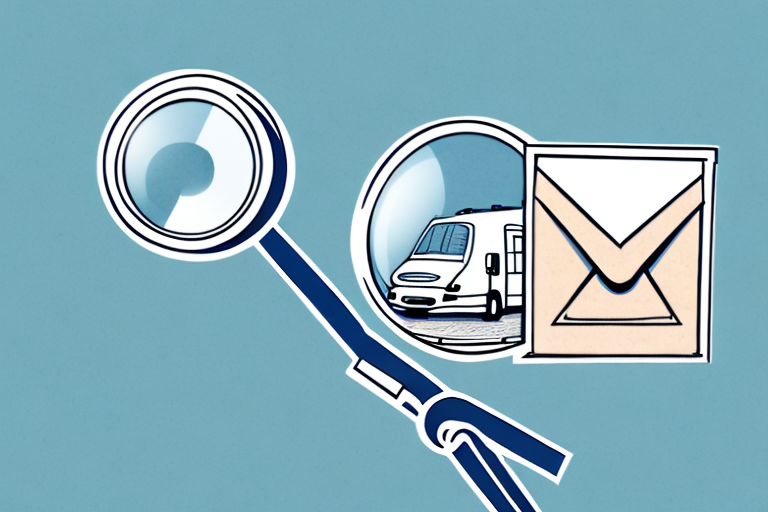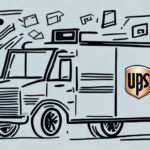What Happens to Lost Packages: A Comprehensive Guide
Losing packages during transit is a widespread issue that affects everyone, from businesses to individuals ordering products online. Understanding why packages get lost, what happens to them, and how to prevent the problem is crucial. In this guide, we’ll explore the causes of lost packages, the role of shipping companies, how to track your package, what to do if your package is declared lost, and strategies to prevent packages from getting lost.
Understanding the Impact of Lost Packages
Who is Affected by Lost Packages?
Every year, millions of packages are shipped worldwide, and a small percentage inevitably gets lost. This issue impacts:
- Customers: Waiting for their orders and experiencing frustration.
- Businesses: Incurring costs for reshipping or offering refunds.
- Shipping Companies: Managing complaints and filing claims.
Financial Implications
Lost packages can result in significant financial losses. According to the U.S. Chamber of Commerce, package theft and loss cost businesses billions annually. These costs include not only the value of the lost items but also administrative expenses related to handling lost package claims.
Common Causes of Lost Packages
1. Delivery Theft
Packages left unattended on doorsteps or in mailboxes are easy targets for thieves. Even packages delivered to the rightful recipient can be stolen if no one is home to receive them. This leads to frustration for customers and financial losses for businesses and shipping companies.
2. Incorrect or Incomplete Addresses
Incorrect or incomplete addressing is a major reason for lost packages. Missing important details like apartment numbers or incorrect zip codes can result in packages being returned to the sender or lost in transit. It's crucial for customers to verify their shipping information before placing an order.
3. Human Error
Mislabeling or incorrect handling of packages by shipping personnel can lead to packages being directed to the wrong location or lost within sorting facilities.
4. Weather and Environmental Factors
Extreme weather conditions, natural disasters, and other environmental factors can disrupt shipping routes and result in lost packages. For example, severe storms or floods can damage transportation infrastructure, causing delays and loss.
5. Outdated Tracking Systems
Older tracking systems that aren’t updated in real-time can cause confusion and make it difficult to locate packages, increasing the likelihood of loss.
6. Poor Packaging
Packages that are not properly sealed or protected can be damaged or lost during transit. Ensuring that items are securely packaged reduces the risk of loss and damage.
Statistics on Lost Packages
While the percentage of packages lost during transit is relatively low, it affects millions annually. According to a 2023 report by the National Retail Federation, approximately 1-2% of packages are lost in the United States each year. This translates to millions of unaccounted-for packages, highlighting the importance of addressing this issue.
The Role of Shipping Companies
Responsibilities in the Delivery Process
Shipping companies like FedEx, UPS, and DHL are responsible for handling, sorting, and transporting packages to their final destinations. They invest heavily in technology to streamline operations and minimize the risk of lost packages. However, challenges such as human error, weather disruptions, and logistical inefficiencies can still lead to package loss.
Technological Investments
Advanced tracking systems, automated sorting facilities, and improved logistics software are some of the technologies shipping companies use to enhance delivery accuracy and reduce lost packages. For instance, real-time tracking allows both the company and the customer to monitor the package’s journey, increasing transparency and accountability.
Security Measures
To combat package theft, shipping companies have implemented various security measures, such as requiring signatures upon delivery and offering secure drop-off options. These measures help ensure that packages are delivered to the correct recipient and reduce the risk of theft.
Tracking Your Package
How Tracking Works
Tracking your package is one of the best ways to avoid losing it. Shipping companies provide tracking numbers that allow you to monitor your package’s location in real-time. By entering the tracking number on the carrier’s website, you can see where your package is and its estimated delivery time.
Advanced Tracking Features
Many shipping companies offer additional tracking features, such as:
- Text or Email Notifications: Receive updates when your package is out for delivery or has been delivered.
- Signature Confirmation: Ensures that the package is delivered directly to you or an authorized recipient.
- GPS Tracking: Some carriers use GPS technology to provide more precise location data.
Benefits of Tracking
Tracking your package not only provides peace of mind but also allows you to take proactive steps if any issues arise. For example, if your package is delayed, you can contact the carrier to determine its status and address any problems promptly.
Handling Lost Packages
Steps to Take If Your Package is Declared Lost
If your package doesn’t arrive by the estimated delivery date, follow these steps:
- Contact the Shipping Company: Inquire about the status of your package using the tracking information.
- Check with Neighbors: Sometimes packages are delivered to nearby addresses by mistake.
- Review the Shipping Address: Ensure that the address provided was correct and complete.
Filing a Claim
If your package is declared lost, you are typically entitled to a refund or a reshipment. The process for filing a claim varies by carrier:
- FedEx: Claims can be filed online through the FedEx Claims Center.
- UPS: Submit a claim via the UPS Claims Page.
- DHL: Claims can be filed through the DHL Claims Portal.
Ensure you provide all necessary documentation, such as the tracking number, proof of value, and any relevant correspondence, to expedite the claim process.
Legal Rights and Consumer Protection
Consumers have legal rights when it comes to lost packages. The Federal Trade Commission outlines consumer protections for mail and internet purchases. Depending on the situation, you may be entitled to a refund or replacement under these protections.
Preventing Lost Packages
Best Practices for Shipping and Receiving
To minimize the risk of losing packages, consider the following tips:
- Double-Check Shipping Information: Ensure that addresses are correct and complete before placing an order.
- Choose a Reliable Carrier: Select carriers with strong track records for reliability and customer service.
- Properly Label and Package Items: Use clear labels and secure packaging to protect items during transit.
- Use Tracking Services: Monitor your package’s journey to stay informed about its status.
- Opt for Signature Confirmation: Ensure that packages are delivered directly to you or an authorized recipient.
Advanced Security Measures
Implementing additional security measures can further reduce the risk of lost or stolen packages:
- Secure Drop-Off Locations: Use locker services or package acceptance services offered by carriers.
- Surveillance Cameras: Installing security cameras can deter package theft and provide evidence if theft occurs.
- Delivery Instructions: Provide specific delivery instructions, such as leaving packages in a secure location or with a neighbor.
Future of Package Delivery: Technological Advances
Smart Packages and GPS Tracking
Advancements in GPS technology allow for real-time tracking of packages, enhancing transparency and reducing the likelihood of loss. Smart packages equipped with GPS can provide precise location data, helping both shippers and recipients monitor their packages continuously.
Drones and Delivery Robots
Drones and delivery robots are revolutionizing the logistics industry by enabling faster and more efficient deliveries, especially to hard-to-reach areas. Companies like Amazon are investing in drone technology to expedite deliveries and reduce the chances of package loss.
Artificial Intelligence and Machine Learning
AI and machine learning are being used to optimize shipping routes, predict potential delays, and improve overall package tracking accuracy. These technologies help shipping companies anticipate issues before they occur, thereby minimizing the risk of lost packages.
Conclusion: Mitigating the Risk of Lost Packages
Lost packages are an unfortunate aspect of the modern delivery system, but understanding the causes and implementing preventive measures can significantly reduce their occurrence. By choosing reliable carriers, accurately addressing packages, utilizing tracking services, and leveraging advanced technologies, both consumers and businesses can minimize the risk of losing packages. In the event that a package is lost, knowing how to file a claim and being aware of your legal rights can help you recover your losses efficiently.






















